Features
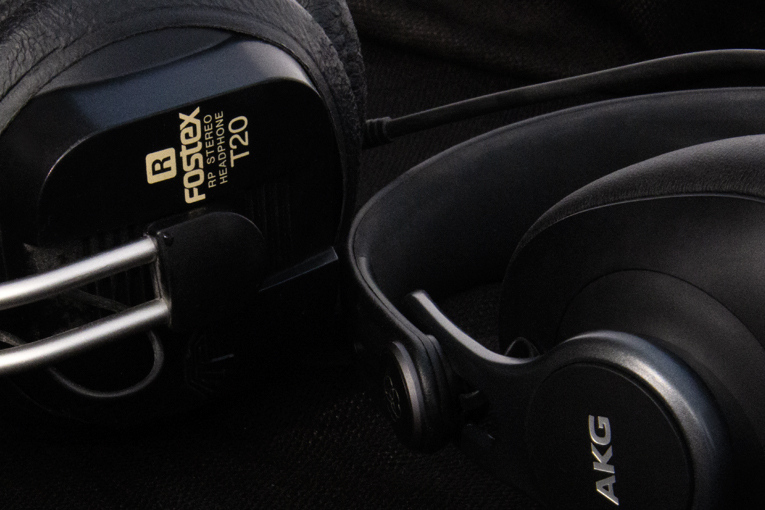
- Details
- Written by: Brent Butterworth
Watching a segment of John Oliver’s Last Week Tonight made me think a little deeper about the products I review. As Oliver reported, half of all plastics ever produced were made since 2005, and fewer than 9% are ever recycled. As I walked around my house later, perusing the piles of headphones, speakers, soundbars, and other tech doodads either coming in for review or waiting to be packed up and shipped back, I realized that most of the products I review—and the thousands or tens or hundreds of thousands of them bought by consumers—will end up in a landfill in ten years.
Read more: Why Buying High-Quality Headphones Is a More Responsible Purchase
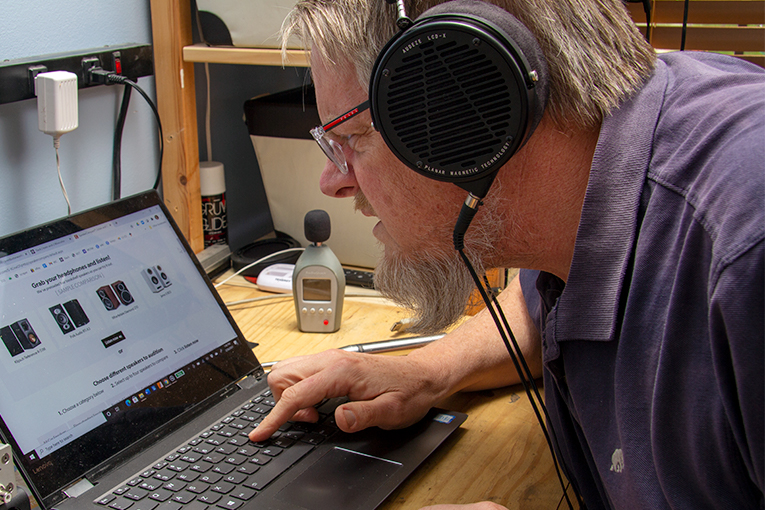
- Details
- Written by: Brent Butterworth
There’s much to love about YouTube (Rick Beato, Rahsaan Roland Kirk playing “I Say a Little Prayer”), but it’s coming at a price: the dumbing down of the audio industry. I got some inkling of this future in 1990, the first year of my audio career, when an acquaintance asked me, “How are those Bose speakers? I heard them on a TV commercial, and they sounded pretty good.” He was in the oil biz, not the audio biz, so I didn’t blame him for failing to grasp that he was hearing not a Bose system, but recorded music played through his TV speakers. Yet thanks to the Internet’s negligible barriers to entry, people who claim to be audio experts are now making the same mistake he did.
Read more: Does It Make Sense to Demo Audio Over the Internet?
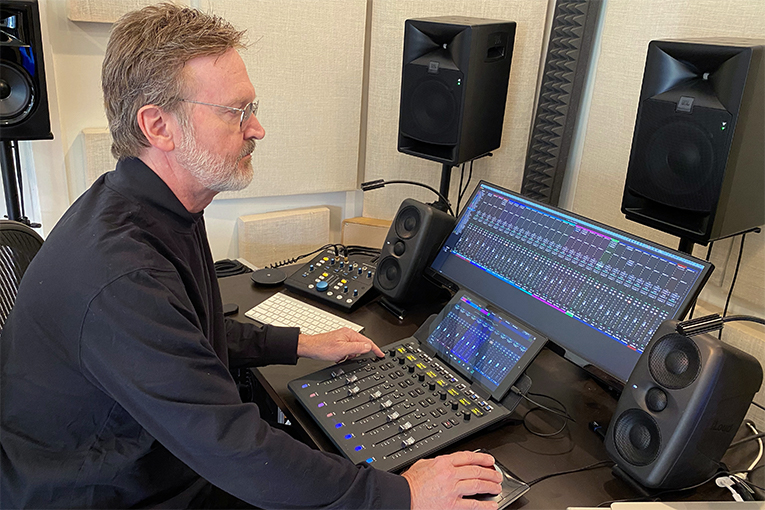
- Details
- Written by: Brent Butterworth
Every time I talk with my friend John Kellogg, I learn something new. John’s the vice president of Advanced Strategic Solutions for Xperi, parent company of DTS. That basically means he’s a liaison between Xperi and the music and movie production communities, a position he previously held for Dolby. John spends a lot of time in recording studios, and has a very good one of his own, too, so he’s always up on the latest trends in pro audio. Thus, when he recently told me, “Oh, the loudness war’s over; it’s all LUFS now,” I had yet another of the “Wait . . . what?” moments common to our conversations.
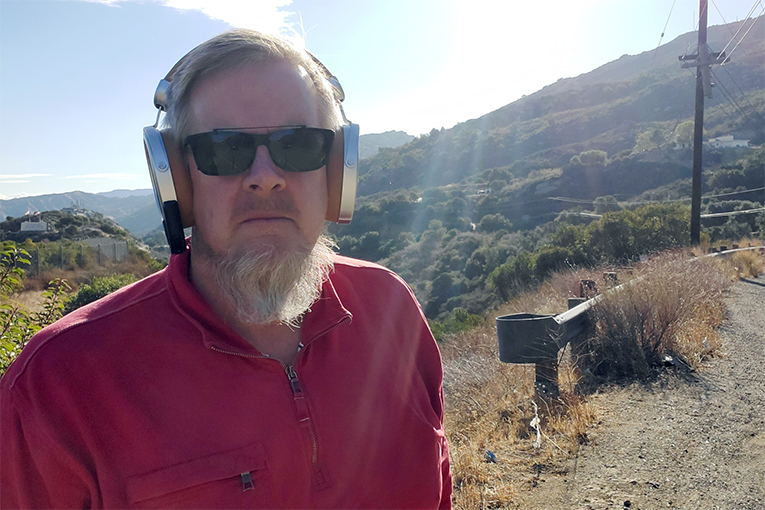
- Details
- Written by: Brent Butterworth
You can say one thing for sure about 2020: there was probably never another year in which headphones were more important—whether they were being used for monitoring Zoom meetings, letting the kids watch their online classes without driving you crazy, or blocking out the noise when the lessons were done and the kids were driving you crazy. Just as important was our headphones’ ability to bring us music and movies that soothed our souls while not distracting other members of the household.
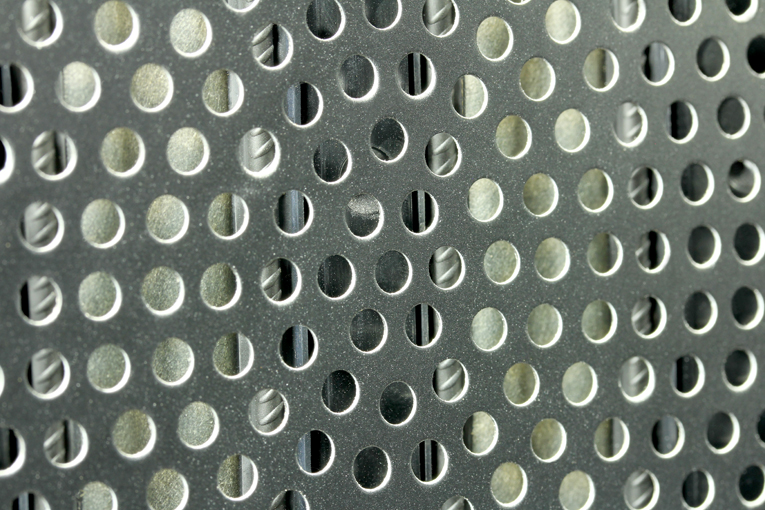
- Details
- Written by: Brent Butterworth
We seem to be experiencing a minor revolution in audio product testing. For the last two decades, audio product testing has been almost entirely subjective, rarely based on anything more than the opinion of a single listener, formed in uncontrolled, sighted tests. Until recently, SoundStage! was one of only a few audio publishing outlets presenting controlled, objective testing—specifically, audio measurements. But recently, measurements have become more common on websites, online forums, and YouTube. As someone who, since the late 1990s, has been nagging for more audio measurements in reviews, I should be happy about this—and I am, but it has me concerned, too.
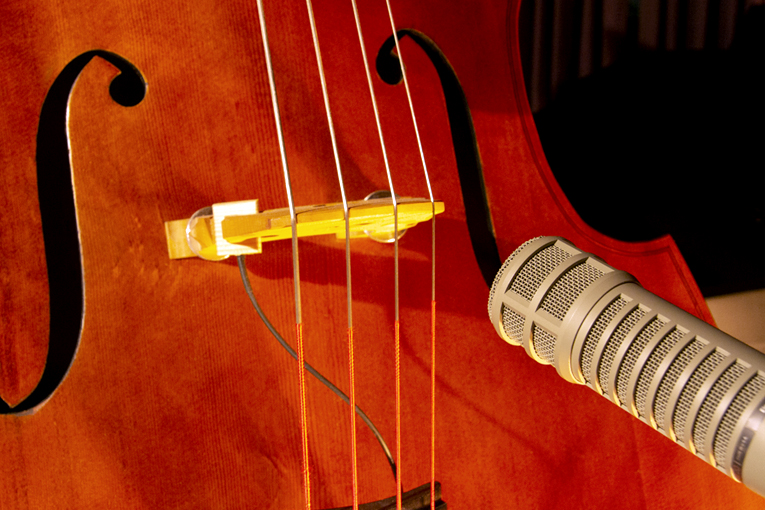
- Details
- Written by: Brent Butterworth
Two recent experiences have reminded me of an old and very important lesson about audio I and many thousands of other audio enthusiasts learned decades ago. But the lesson seems mostly forgotten. The first experience was a couple of “run-ins” with other audio writers -- one directly, on Facebook, and the other indirectly, through an editor friend of mine. The second was recording and mixing I’ve done for what will soon be my first jazz album: a collaboration with saxophonist Ron Cyger under the name Take 2.
- Balanced Armatures: Why You Might (or Might Not) Want Them
- The Coming Revolution in Headphone Sound Quality
- Can Accuracy in Music Reproduction Exist?
- The Biggest Lie in Audio
- Voicing Headphones, Part 2: HiFiMan’s Fang Bian and Focal’s Mégane Montabonel
- What Will the Next Generation of Headphones Be Like?
- How Far Have Headphones Come?
- Voicing Headphones, Part 1: PSB/NAD's Paul Barton and Dan Clark Audio's Dan Clark
- How Will Headphone Testing and Reviewing Change in the 2020s?
- What the AKG K371 Headphones Tell Us About "Slow Listening"
- Where Are We At With The Harman Curve?
- Why Headphone Amps Are More Interesting Than Speaker Amps
- 2019’s Most Important Headphone Presentation
- Noise Canceling Is Much More Complicated Than We Thought
- How Does Aging Affect Audio Perception?
- Noise-Canceling Headphones for 17 Cents?
- Is Chesky Dumping Binaural?
- Why My Fi Ain't Hi-Fi
- Latency: A New Concern for Audiophiles?
- How to Read Our Headphone Measurements
- Eardrum Suck: The Mystery Solved!
- Should Audio Gear be Considered Luxury Goods?
- Headphone Equalization Using Measurements
- Why Is It So Hard to Rate Headphones?
- Five Things Headphone Enthusiasts Get Right (and That the Two-Channel Guys Get Wrong)
- The Best Possible Way to Test Audio Products (and Why Most People Don't Do It)
- Will aptX Adaptive Improve Headphone Sound?
- Is the miniDSP EARS the Death of Headphone Measurement? Or its Savior?
- What Are Measurements Good For?
- How Much Noise Do Your Headphones Really Block?
- Why We're Launching "SoundStage! Solo"
SoundStage! Solo is part of
All contents available on this website are copyrighted by SoundStage!® and Schneider Publishing Inc., unless otherwise noted. All rights reserved.
This site was designed by Karen Fanas and the SoundStage! team.
To contact us, please e-mail info@soundstagenetwork.com




